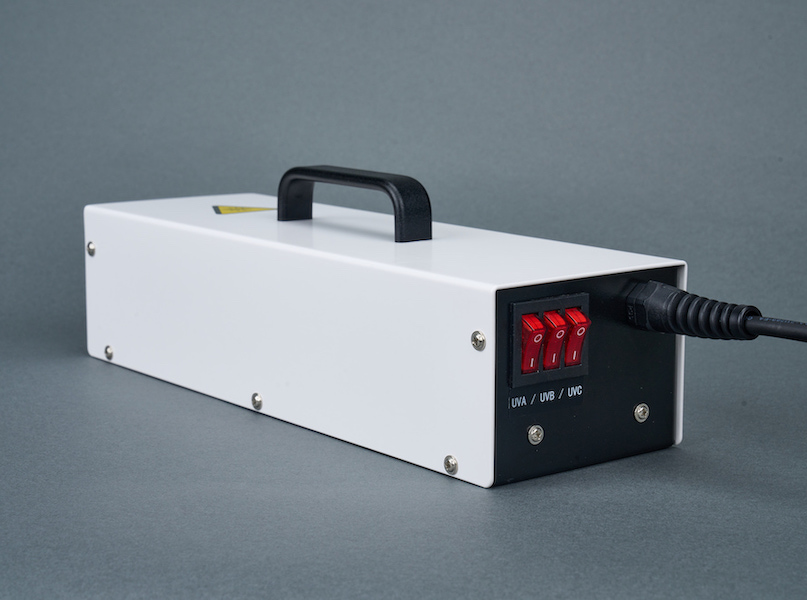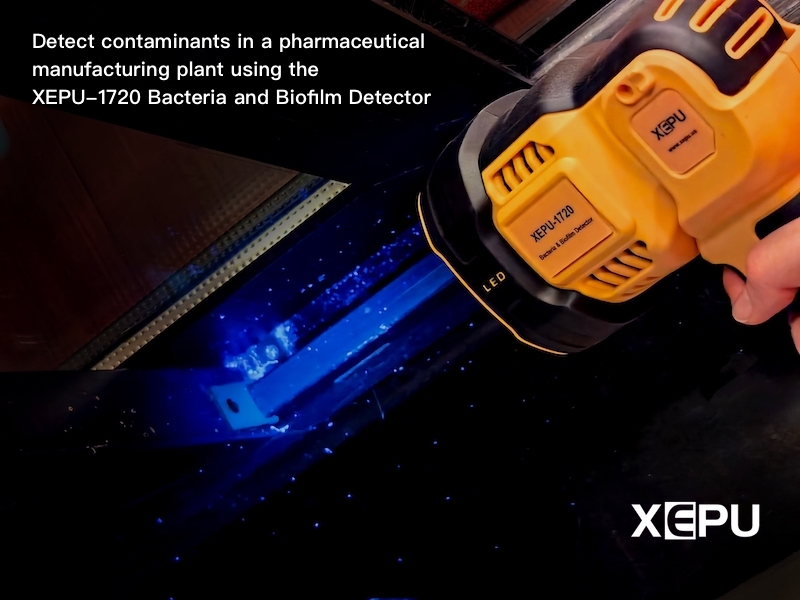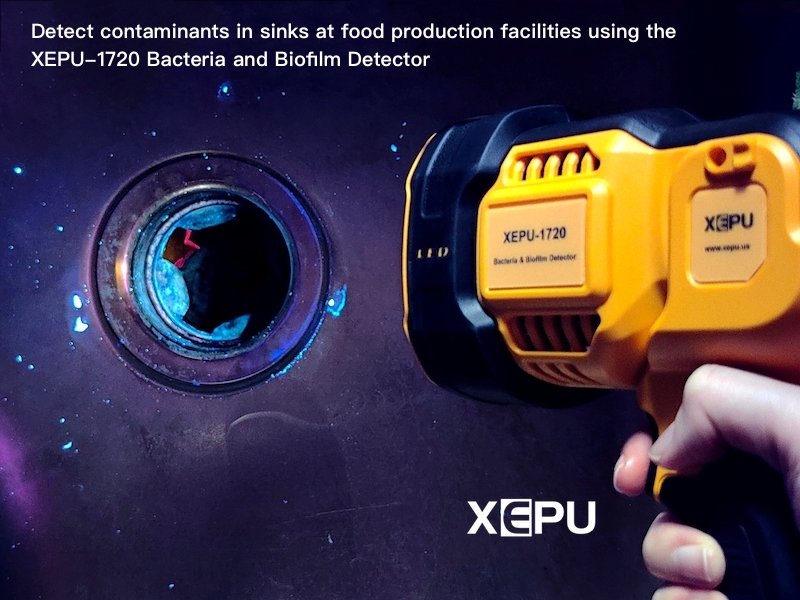Guide to Choosing a UV Lamp for Your Laboratory
There are different types of UV lamps available in the market. UV lamps of different wavelengths are designed for various applications. It is important to know what to consider when choosing UV lamps for your laboratory. Some key factors include the number of UV tubes, power/intensity, power supply method, and lifespan. This guide explains these factors and will hopefully answer your questions about UV lamps!
Factors to Consider when choosing a UV lamp for your laboratory
1. How many UV tubes does a UV lamp have?
The more UV tubes, the larger the illuminated area. If you would like to irradiate a large batch of samples, it is better to choose a Handheld UV Lamp with two to three UV tubes to improve experimental efficiency.
Recommended UV lamp: XEPU-1338LMS UV Lamp (three UV tubes)
2. What is the power of the UV lamp?
The higher the power of the UV lamp, the higher the light intensity. A higher light intensity often creates faster catalytic reactions and brighter fluorescence imaging. However, in some cases, side reactions may occur under high UV intensity. Therefore, be sure to choose the power that is high enough to meet your research needs while avoiding undesirable results. Based on our experience, 8-watt handheld UV lamps work perfectly for most experiments. In addition, the UV intensity depends on the irradiation distance. The farther the irradiation distance, the lower the UV intensity. If you want a higher UV intensity, you can irradiate your samples at a closer distance.
Recommended UV lamps: 8-watt handheld UV lamps
3. How is the UV lamp powered?
The XEPU handheld UV lamps can be powered by rechargeable batteries or 100-220V AC power. If you use the UV lamp in the laboratory for most of the time, it is recommended to choose a handheld UV lamp powered by 100-220V AC. This kind of UV lamp is lighter and can work for long hours. If you value portability, choose a battery-powered handheld UV lamp.
4. Does the UV lamp come with a lamp stand?
Some UV lamps are handheld UV lamps while others are desk lamps. Handheld UV lamps are more portable while desk lamps allow hands-free opertaion. If you want both portability and hands-free operation, choose a handheld UV lamp that can be used on its own or with a lamp stand. All XEPU handheld UV lamps can be used with a stand. Simply make a note when placing the order and we will offer a stand for free.
5. What is the lifespan of a UV lamp?
The lifespan of a UV lamp depends on the quality of its housings and UV tubes. It is important to choose a UV lamp with long lifespan in order to save maintenance costs in the future. The XEPU handheld UV lamps are made of durable aluminum housings, which last for years, and high-performance UV tubes with an average lifespan of 3,000-5,000 hours.
XEPU Handheld UV Lamps for Laboratory
XEPU Scientific manufactures a range of UV lamps for laboratory use, including portable handheld UV lamps, and UV bench lamps. XEPU UV lamps are ideal for UV-induced reactions, fluorescence excitation, catalytic reactions, DNA/RNA/protein anaysis, and so on.
If you are looking for UV lamps with variable wavelengths, we recommend three-wavelength UV lamp XEPU-1338LMS and dual-wavelength UV lamp XEPU-1328.
If you are looking for portable handheld UV lamps with single wavelength, we recommend 365nm UV lamps, 312nm UV lamps, and 254nm UV lamps.
If you are looking for UV bench lamps, click to learn more about UV bench lamps XX-Series.
Photo below: Handheld UV Lamp XEPU-1338LMS (one 365nm UV tube, one 302nm UV tube, and one 254nm UV tube)

Photo below: Handheld UV Lamp XEPU-1338LMS used with a stand

XEPU Scientific specializes in manufacturing laboratory and industrial equipment and is known for superior quality and services. If you have any questions about UV lamps, feel free to contact us!




